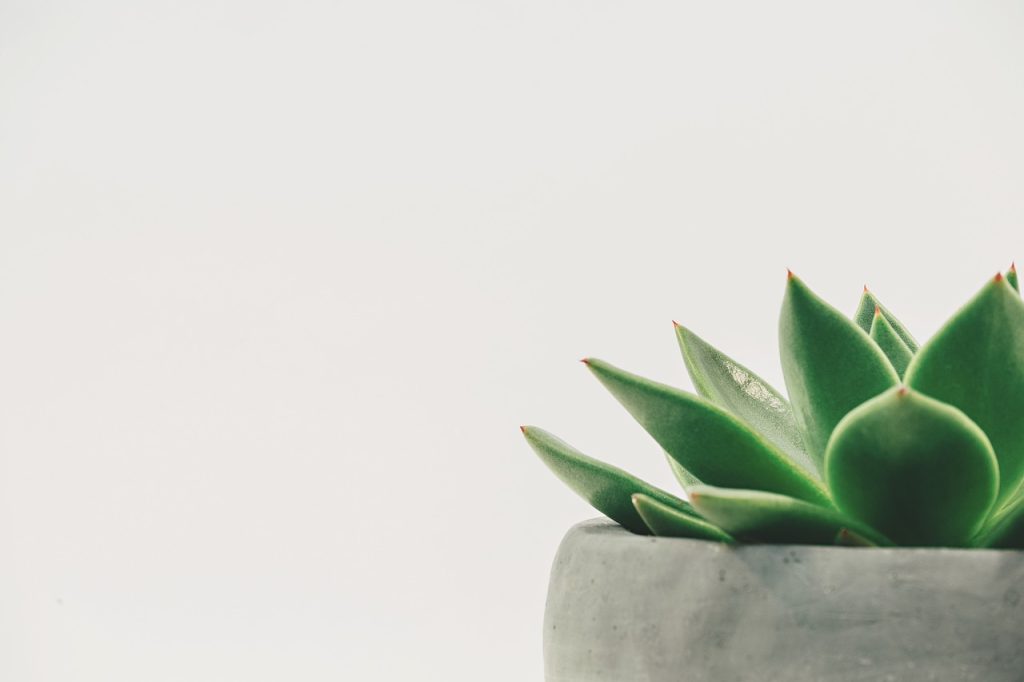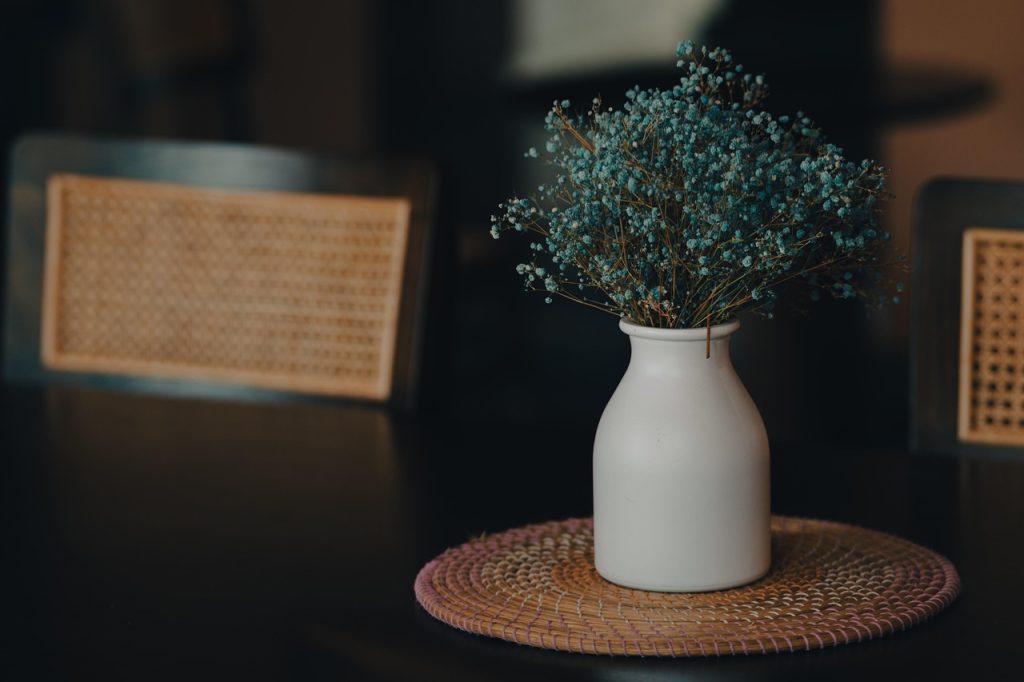Indoor plants have become a quintessential part of modern home decor, offering not only aesthetic appeal but also numerous health benefits, such as improving air quality and boosting mood. However, caring for indoor plants requires more than just watering them occasionally. To ensure your leafy companions thrive, it’s essential to understand their specific needs and create an environment where they can flourish.

Understanding Your Indoor Plants
Before diving into the specifics of plant care, it’s crucial to understand the types of plants you have. Different plants have varying requirements based on their origin, size, and species. Here are some common categories of indoor plants:
- Succulents and Cacti: Known for their drought-resistant nature, these plants store water in their leaves and need minimal watering.
- Tropical Plants: Originating from humid climates, these plants thrive in warm, moist environments.
- Foliage Plants: These include popular options like ferns and philodendrons, which are appreciated for their lush, green leaves.
Key Elements of Indoor Plant Care
Light Requirements
Light is a critical factor for plant health. Most Caring for indoor plants require bright, indirect light to thrive. However, this varies, so it’s essential to know the specific light needs of your plants:
- Low Light Plants: Snake plants and pothos can survive in low-light conditions, making them ideal for dimly lit rooms.
- Medium Light Plants: Peace lilies and rubber plants prefer moderate indirect light.
- High Light Plants: Succulents and cacti need plenty of direct sunlight to grow healthily.
Watering Techniques
Watering is perhaps the most misunderstood aspect of plant care. Overwatering is a common mistake that can lead to root rot. Here are some tips to avoid this:
- Always check the soil moisture before watering. Stick your finger into the soil about an inch deep; if it feels dry, it’s time to water.
- Ensure pots have drainage holes to prevent water from accumulating at the bottom.
- Water thoroughly until it drains from the bottom, ensuring all roots receive moisture.
Soil and Potting
The right soil mix is crucial for the health of indoor plants. Different plants require different soil types:
- Succulents and Cacti: Use a well-draining soil mix, often labeled as cactus mix, to prevent root rot.
- Tropical Plants: These plants prefer a rich, organic potting mix that retains some moisture.
- Foliage Plants: A standard potting mix with added peat moss or perlite for aeration works well.
Humidity and Temperature
Most indoor plants thrive in conditions that mimic their natural habitats. Tropical plants, for instance, love high humidity and warm temperatures:
- Use a humidifier or place a tray of water near plants to increase humidity levels.
- Keep plants away from cold drafts and direct heat sources like radiators.
- Maintain a consistent temperature between 65°F and 75°F for most houseplants.
Common Indoor Plant Problems and Solutions
Pest Management
Pests like spider mites, aphids, and mealybugs can infest indoor plants. To combat these issues:
- Regularly inspect plants for signs of pests and remove any affected leaves.
- Use insecticidal soap or neem oil as natural pest control methods.
- Ensure proper plant spacing to improve air circulation and reduce pest attraction.
Dealing with Yellowing Leaves
Yellowing leaves can be indicative of several issues, including overwatering, nutrient deficiencies, or inadequate light:
- Adjust watering frequency to prevent overwatering or underwatering.
- Ensure your plant is receiving the right amount of light based on its specific needs.
- Fertilize with a balanced, water-soluble fertilizer to address nutrient deficiencies.
Root Rot Prevention
Root rot is a serious condition caused by overwatering. To prevent it, follow these steps:
- Ensure pots have adequate drainage holes.
- Use a soil mix that allows for proper drainage.
- Refrain from watering too frequently, allowing the topsoil to dry out between waterings.

Seasonal Care Tips for Indoor Plants
Winter Care
During the winter months, indoor plants may require special attention due to reduced light and humidity levels. Consider these tips:
- Move plants closer to windows to maximize available light.
- Reduce watering frequency as plant growth slows down.
- Maintain humidity levels by misting plants or using a humidifier.
Summer Care
In summer, indoor plants might need extra care due to increased temperatures and light intensity:
- Ensure plants are not exposed to direct sunlight for extended periods to avoid leaf burn.
- Increase watering frequency to account for faster evaporation.
- Provide adequate ventilation to prevent heat stress.
Conclusion
Caring for indoor plants can be a rewarding endeavor that enhances your living space and promotes well-being. By understanding your plants’ specific needs and adjusting care routines seasonally, you’ll be well-equipped to keep your indoor garden thriving all year round. Remember, patience and attentiveness are key to nurturing healthy, happy plants. Whether you’re a seasoned plant enthusiast or a budding gardener, the joy of seeing your plants flourish is unmatched.
FAQs about Indoor Plant Care
The frequency of watering depends on the plant type, pot size, and environmental conditions. Generally, most plants need watering when the top inch of soil feels dry. Adjust based on the specific needs of each plant.
Some easy-to-care-for indoor plants for beginners include snake plants, pothos, and spider plants. These plants are resilient and can adapt to a variety of indoor conditions.
To increase humidity, you can use a humidifier, place plants on a pebble tray filled with water, or group plants together to create a microclimate. Regular misting can also help but may not be sufficient for all tropical species.